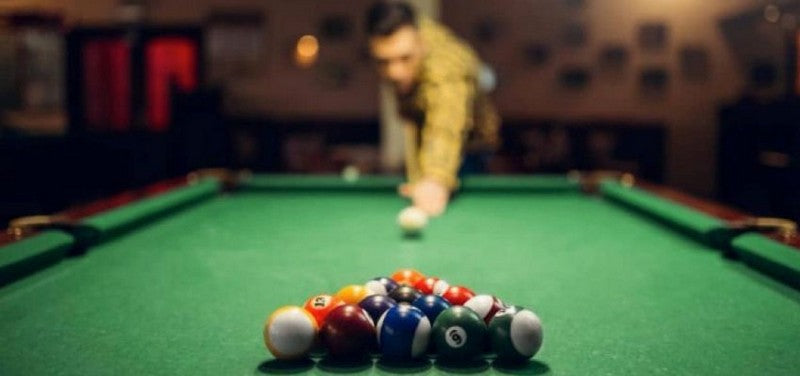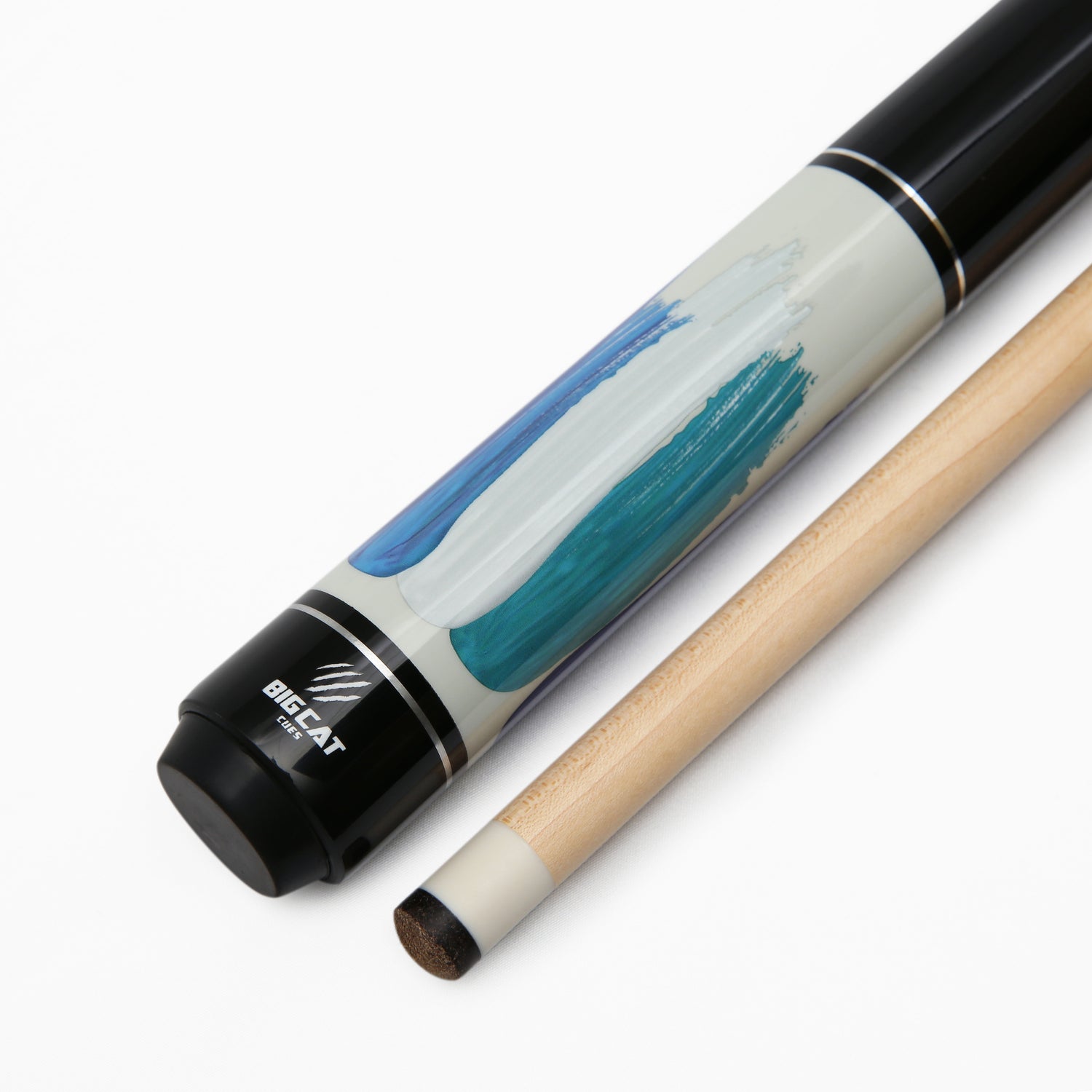
15 Ball Pool Rules: How To Play And Win Fairly In 2025?
Introduction
Already familiar with eight-ball billiards, do you want to experience more challenging scoring variations? Then fifteen-ball pool might get you excited. Check out all about 15 ball pool rules, from the opening break to scoring and foul management. Continue reading!
What Is A 15-Ball Pool?
15-ball pool, or sixty-one pool, is a billiards game that originated in the United States in the 19th century. Like 8-ball, you can play it with a standard set of billiard balls.

You can play 15-ball with another person or team. Image source: Dubai Snooker.
However, compared to 8-ball or other popular billiards games, 15-ball billiards has much more complicated rules. For example, you keep your turn if you scratch on the break. However, you must return the pocketed ball to the table.
15-Ball Pool Rules: 7 Explanations You Should Know
How To Win A 15-Ball Pool?
You must be the first to score 61 points to win this game. This total is more than half the value of the total balls combined. For each ball you successfully pocket, you earn points equal to the number on that ball. For example, if you pocket the 3-ball, you earn 3 points.
Number Of Players
You can play 15-ball with another person or in a team format. In this game, you and your opponent alternatively shoot at 15 object balls in numerical order.
Balls, Table And Cue Used In-Game
Typically, you play a 15-ball pool with a standard set of billiard balls on a rectangular table featuring six pockets. A standard billiard ball set includes a white cue ball and fifteen balls numbered 1 to 15.

Grab your cue and try your hand at the 15-ball pool. Image source: SportsRec.
The most common pool table sizes are 7x3.5 (inch) or 8x4 (inch), with 7-inch tables typical in game rooms. You can choose a smaller billiard table size to suit your needs and room area. You can also use a more extensive pool table to simulate professional conditions and make it more competitive.
Consider your level and preferences when choosing a pool cue for 15-ball billiards. A suitable cue can help you perform more flexible and accurate shots. Anti-slip cues or carbon fiber shafts are the most reasonable options to increase your chances of winning.
Rack Used In-Game
You rack the balls in a triangle at the beginning of each match. As in 8 balls and other variations, you use fifteen object balls. The unique point is that you place the 15-ball in front (apex) of the triangle.
It doesn't matter how you arrange the remaining 14 balls. However, you should place higher-numbered balls at the front of the rack. This arrangement makes it harder to pocket the 1-ball on the break.
Opening Break In 15-Ball Pool
To make a legal opening break, you must meet the following criteria:
- Successfully pocket at least one object ball.
- Ensure the cue ball hits the object balls. Then, the cue ball and at least two object balls contact the cushions (or bumpers).
If you fail to make a legal break, the incoming player has three options on their turn:
- Play with the balls in their current position on the table.
- Rearrange the balls and make a re-break.
- Ask you to reattempt the shot.
Shooting And Scoring Rules
The rules of the 15-ball game require you to sink one object ball successfully on each shot. After each shot, you and your opponent take turns shooting whether the ball falls into the pocket.

In a 15-ball pool, play alternates after each shot whether you score or not.
Image source: Incredible Things.
With each turn, the number of points you receive corresponds to the number on the object ball you successfully pocket. The game ends when you or your team reach 61 points first or a total that your opponents cannot beat.
Sometimes, two or more players achieve the highest total score simultaneously. In this case, the person who successfully hits the ball into the last hole is the winner.
Fouls And Penalties
In billiards, pocketing the cue ball or knocking it off the table is considered a scratch in the pool or a foul. If you pocket an object ball during your scratch, you must bring it back to the table. You call this process"spotted."
Then, you carefully return the spotted ball to the table for play. You should prioritize placing it as close to the foot position as possible without disrupting other balls.
According to the rules of 15-ball, if you make a foul, you lose 3 points from your total score. After a foul, the next player takes over the "table in position." This rule means they play with the ball remaining in the position you left, barring a jump or scratch.
Conclusion
Understanding the 15-ball pool rules is essential to jump-start your journey and enhance your excitement with partners. For further insights into the world of another popular variant, explore the pool game rules we've shared!
Frequently Asked Questions
How do you play in a 15-ball pool?
You arrange fifteen balls in a triangular rack. Each player takes turns shooting the ball. You calculate the number of points you earn by counting the number of pockets and fouls. The winner is the first person to reach a total of 61 points.
How do you win 15 balls?
In a 15-ball game, you win if you score 61 points first. If you tie at 60 points, the winner is the person who successfully pockets the last ball. The winner has the highest final score in a game with more than two people.
What are the basic rules of a 15-ball pool?
The 15-ball game requires each player to pocket the ball on each shot. Play alternates after each shot, depending on whether you score or not. The points you earn equals the number on each successfully pocketed object ball. The game ends when you or your team have a total score that your opponents cannot catch.


